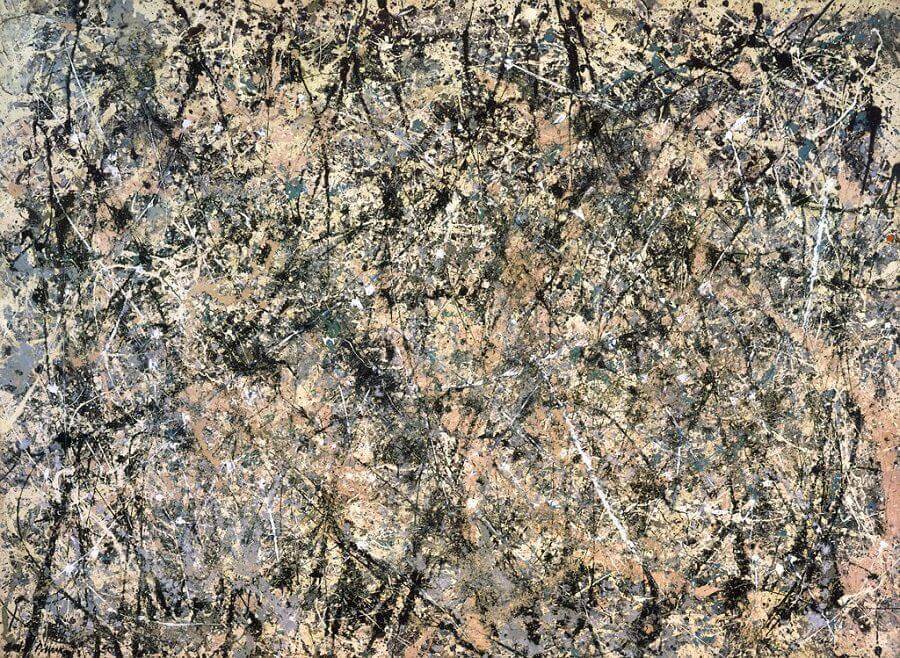To locate oneself in the story is to also discover that the story is inside oneself. And then one can begin to shape the narrative anew. View the study sheet here. View the zoom recording here.

Since Covid…many downtowns have become vacant shadows of their former selves. Since Covid…math and reading scores have dropped dramatically. Since Covid…the number of those working primarily from home has tripled. Since Covid…residential college enrollment has declined significantly. Since Covid…
I read stories with introductions such as those as if I were learning about a world that has been reshaped by forces beyond my control. At some point I remember: I helped change our social landscape. I chose to have groceries delivered rather than go to a store. I increased my e-commerce. I passed on renting office space. I was an active participant in those events, not merely a detached observer.
“It is possible to be in a plot and not understand it,” Thomas Mann writes in Joseph and His Brothers. To live is necessarily to not have a full grasp of the narrative of which we are a part. Pre-modern cultures told stories in a way designed to present them as currently occurring dramas. Listeners became enlisted in the action. How one lived could shape the outcome for its next iteration…and one’s own being. In contrast, modernity has increased the distance between ourselves and the stories we read. Enchantment gives way to study and reasoned analysis. Has that increased our sense of control over our lives?
Jackson Pollock was born in Cody, Wyoming in 1913. He spent his boyhood years in Arizona. Pollock received a fairly traditional art education at the Manual Arts High School in Los Angeles and later at the Art Students League in New York. His painting technique changed dramatically after witnessing Native American sandpainting demonstrations.
In Native American culture, a sandpainting is not merely an aesthetic piece. It is a healing work designed to restore well-being for an out of balance individual. A shaman-artist conducts in a meditative state a ritual that includes the sprinkling of colorful sands onto a surface. The sandpainting is a dynamic, living, sacred entity with powerful mythic symbols that recreates a chant-way odyssey of a story’s protagonist, causing those events to live again in the present. Through the ritual reality created by the story’s depiction, the individual and the divine powers interact, resulting in the restoration of the individual’s relationship with the world.
Pictured here is Pollock’s Number One, 1950 (Lavender Mist). It is an early example of the artistic breakthrough Pollock achieved after witnessing the Native American sandpainting demonstrations. He placed the canvass on the floor of his studio and danced around it, dripping, pouring and flinging pigment onto it.
But what was on the canvass was not the real work of art. The canvass contained a record of an artistic event, a highly ritualized moment of Pollock’s encounter with forces within himself. “Having the canvass on the floor,” Pollock said, “I feel nearer, more a part of the painting. This way I can walk around it, work from all four sides, and be in the painting.”
Torah provides many antidotes to our tendency to read its sacred odyssey story as if it was only about others in a time long past, rather than about us in the present. One of those occurs in Parshat Emor. It is the unique way it presents the purpose of Shabbat.
The version of the Ten Commandments in Exodus presents Shabbat in the context of a sweeping historical event: “The seventh day is a sabbath to Adonai your God…Remember that you were slaves in Egypt and that God brought you out of there.” The version in Deuteronomy identifies Shabbat with the cosmic event of creation: “For in six days God made the heavens and the earth but rested on the seventh day. Therefore, God blessed the Sabbath and made it holy.”
In Parshat Emor Shabbat is presented in the context of God’s intimacy with us. It is described as a mo’ed (“appointed time”), which is associated with the structure we have been instructed to build, an ohel mo’ed (“tent of meeting”). And the outcome of engaging in such a building project is that God would dwell b’tocham(“within us”). On Shabbat we joyfully sing about this intimate encounter with the One in whom we experience healing and balance: “Hurry, beloved, for the appointed time has come (ki va mo’ed)!”
Parshat Emor reminds us that what we are reading is not someone else’s story, and it is not one that happened only thousands of years ago. It is our story. And it is happening right now. And the power is ours to be in it, for it is in us.
Join us here at 7:00 p.m. (PT) Thursday May 4 as we explore to be in the painting.
Oil on canvass Number One, 1950 (Lavender Mist) by Jackson Pollock








